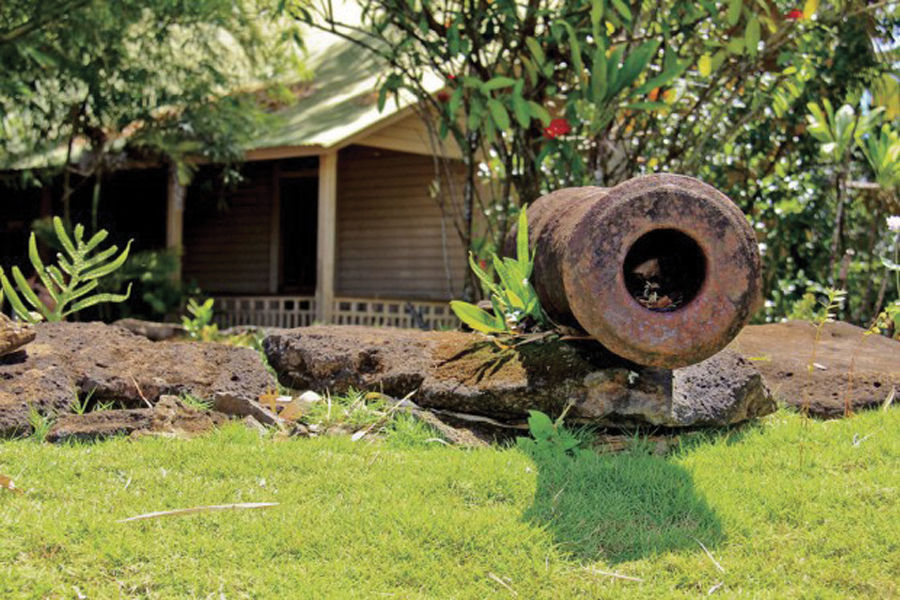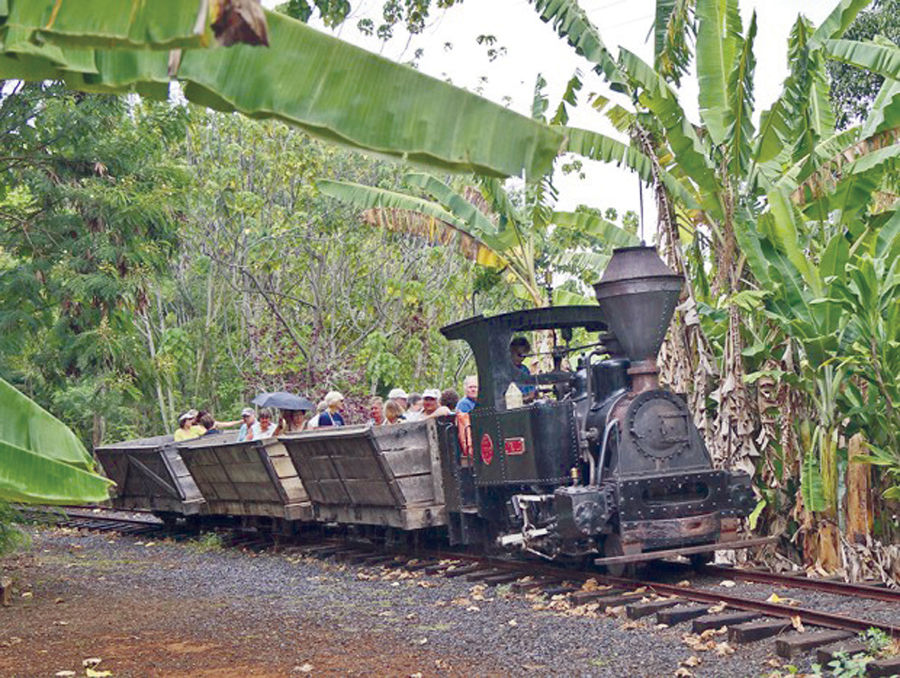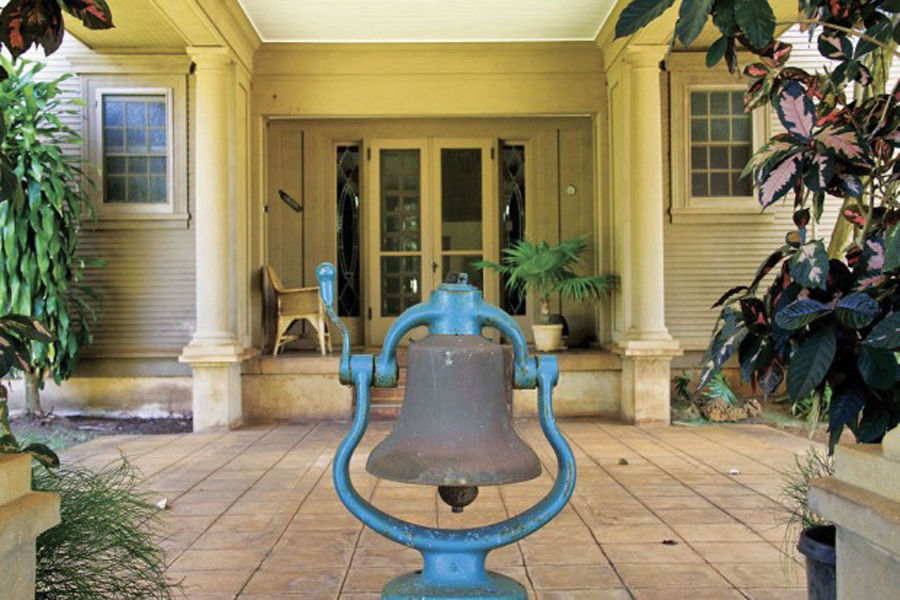In 1864, a young man named George Wilcox bought a desolate piece of land in Nawiliwili and transformed the barren earth into a successful sugar plantation. One hundred and fifty years later, Kauai will celebrate his contributions to the island
In 1864, a young man named George Wilcox bought a desolate piece of land in Nawiliwili and transformed the barren earth into a successful sugar plantation.
One hundred and fifty years later, Kauai will celebrate his contributions to the island at the upcoming Grove Farm Luau.
“I think it is a wonderful celebration of Mr. Wilcox’s attempts to create a sugar plantation,” said Robert Shleck, Grove Farm museum director. “But also it’s a great opportunity for everyone who worked on the plantation to celebrate their contribution to its success.”
The luau will be from 5 to 9 p.m. Saturday and feature performances from Melveen Leed and Halau Ka Lei Mokihana O Leina’ala.
“It’s a great time for everyone to come together,” Shleck said.
Born to Abner Wilcox & Lucy Eliza Heart in 1839, Wilcox originally lived in Hilo but came to Kauai in 1846 with his parents who moved to teach at a school in Hanalei. After attending Yale University for civil engineering, Wilcox returned to Kauai and was leased Grove Farm by its owner at the time, Hermann A. Wideman, in 1864.
Although he was only 24 years old at the time, Wilcox engineered the first irrigation system for Grove Farm, which brought water from the mountains to the plantation’s lower lands. Others had tried before Wilcox, but their efforts proved fruitless.
“He had to work hard and be innovative in putting it together,” Shleck said. “He had to be a good farmer and a good businessman.”
Wilcox’s plantation helped sugar become one of Hawaii’s most successful ventures. The product was in all the more demand on the Mainland because the Civil War had ravaged agriculture in the South. In addition, the Hawaiian Monarchy benefited from the sugar as it brought income for the kingdom. During its run, the 220,000-acre plantation produced 1.1 million tons of raw sugar each year.
The plantation’s prosperity also created much-needed work for immigrants across the island.
“The success (of the plantation) not only improved Mr. Wilcox’s life but the lives of everyone who came to Hawaii,” Shleck said. “It offered a future to those who were struggling in their home land and success for every generation that followed.”
Throughout his life, Wilcox proved to be a philanthropist, establishing churches, schools and the well-known G.N. Wilcox Memorial Hospital which still exists today.
After Wilcox died in 1933, the plantation was passed on to his children.
In 1974, Grove Farm’s sugar operations stopped and its cane was leased to neighboring plantations. It is now made up of three plantations, Grove Farm itself, and Koloa and Lihue Plantation, with the properties collectively known as Grove Farm. Today, the plantation is preserved with a historical museum that offers educational tours.
“It’s important to honor what the plantation provided; what George Wilcox meant to the community,” said Shleck. “His is a legacy of caring and giving.”
Tickets for the party are $150 for couples, $75 for individuals and $25 for children 12 and under. They may be purchased at Picture’s Plus in Lihue, Kauai Music and Sound in Kapaa, Island Soap and Candle Works in Koloa, Magic Dragon in Princeville, Waioli Mission House in Hanalei and Talk Story Books in Hanapepe.




